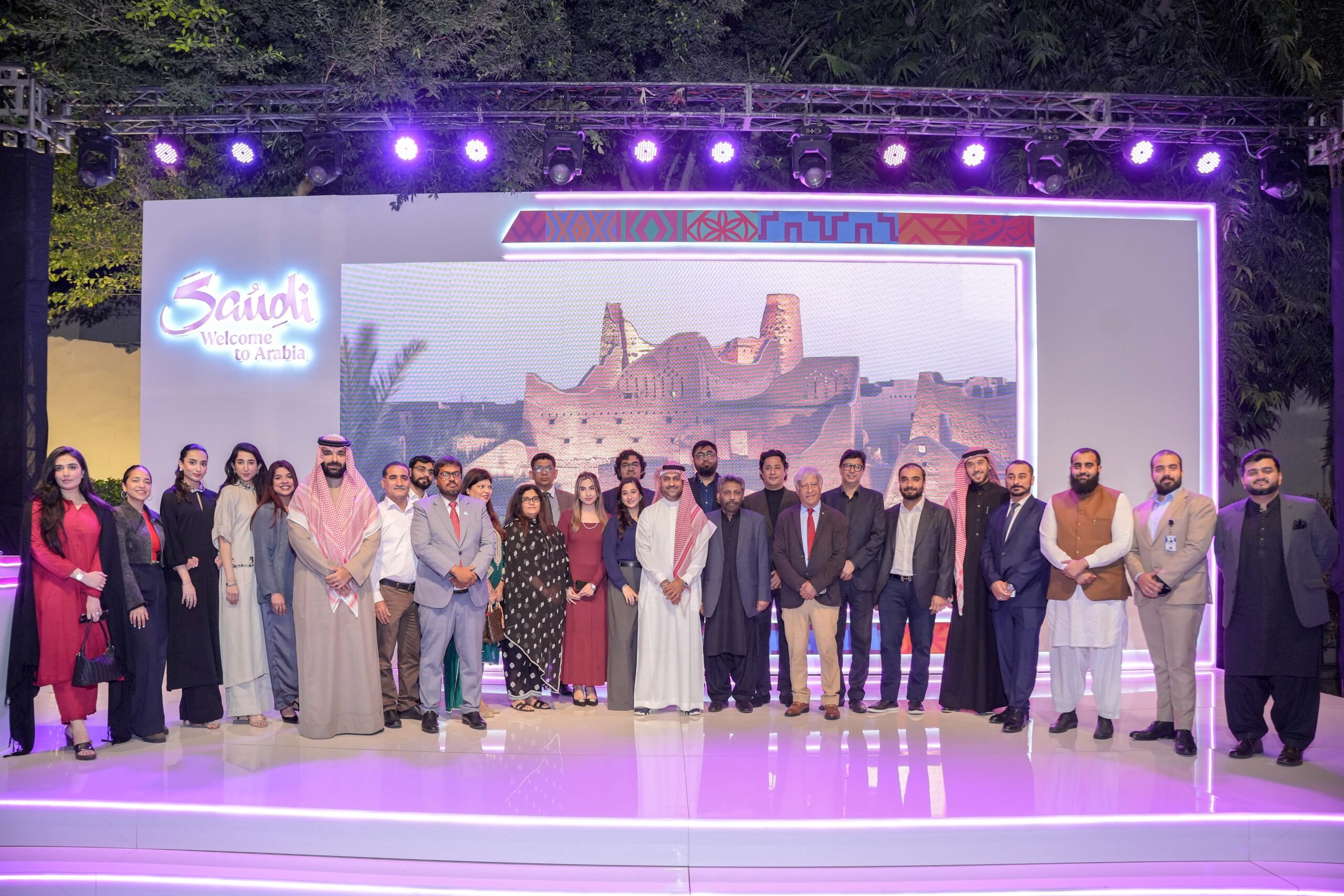Uncategorized
Saudi and Pakistan forge stronger tourism ties

Saudi Arabia is emerging as a top global travel destination in 2025, offering opportunities for Pakistani travelers. With over 2.7 million Pakistani travelers visiting Saudi Arabia in 2024 and an anticipated 2.87 million in 2025, the country is strengthening its accessibility and diverse experiences beyond religious tourism. It is enhancing travel for various segments, including solo female travelers, destination weddings and cultural exploration.
Pakistani talent and travelers are making a significant impact on Saudi’s thriving tourism and entertainment industries. In 2024, Pakistani esports players dominated the Esports World Cup (EWC) in Riyadh, outshining over 1,700 competitors and showcasing their rising prowess on the global gaming stage. Additionally, the LEAP IT Expo recorded the highest-ever participation of Pakistani exhibitors, highlighting Pakistan’s growing influence in the tech industry. The Meetings, Incentives, Conferences, and Exhibitions (MICE) sector has also seen remarkable growth, with 37 Pakistani tourism groups actively engaging in Saudi’s dynamic event landscape.
To further drive tourism, the Saudi Click Campaign will highlight the country’s diverse seasons, stunning landscapes, and rich cultural experiences. This initiative aims to attract travelers in search of unique and memorable adventures. The campaign will focus on showcasing Saudi through vibrant colors, encouraging Pakistani buyers from the fashion and media industries to choose Saudi as their next creative and business partner.
As the largest hub for direct flights between Pakistan and Saudi, the country boasts an extensive air network and a streamlined tourist visa process, making travel between the two nations easier than ever. Visitors can explore eight UNESCO World Heritage Sites, enjoy a business-friendly environment, and experience Umrah travel without the need for a mahram, reinforcing Saudi’s commitment to seamless accessibility.
Beyond accessibility, Saudi offers a wealth of travel experiences catering to every kind of visitor. The Aseer Region provides an enchanting summer escape with its misty landscapes, towering highlands, and lush greenery. Taif, famed for its breathtaking rose gardens and the exhilarating Cable Car Adventure, offers travelers panoramic views of its stunning mountain scenery. Jeddah, the coastal and cultural capital, invites visitors to explore Al Balad, a UNESCO World Heritage Site with centuries-old souks and historic architecture. The city’s vibrant marine life, world-class exhibitions like the Jeddah Biennale, and scenic Jeddah Corniche make it a must-visit destination. Riyadh, during the winter months, transforms into a cultural hotspot with Riyadh Season, featuring spectacular attractions like Boulevard World and immersive entertainment experiences. The historic Diriyah, the birthplace of Saudi, offers a year-round journey into the country’s rich past, while the golden Arabian dunes provide one of the world’s most unique desert adventures. AlUla captivates history enthusiasts with its breathtaking landmarks, including Hegra (UNESCO World Heritage Site), Elephant Rock, and Maraya, the world’s largest mirrored building, blending heritage with modern luxury.
